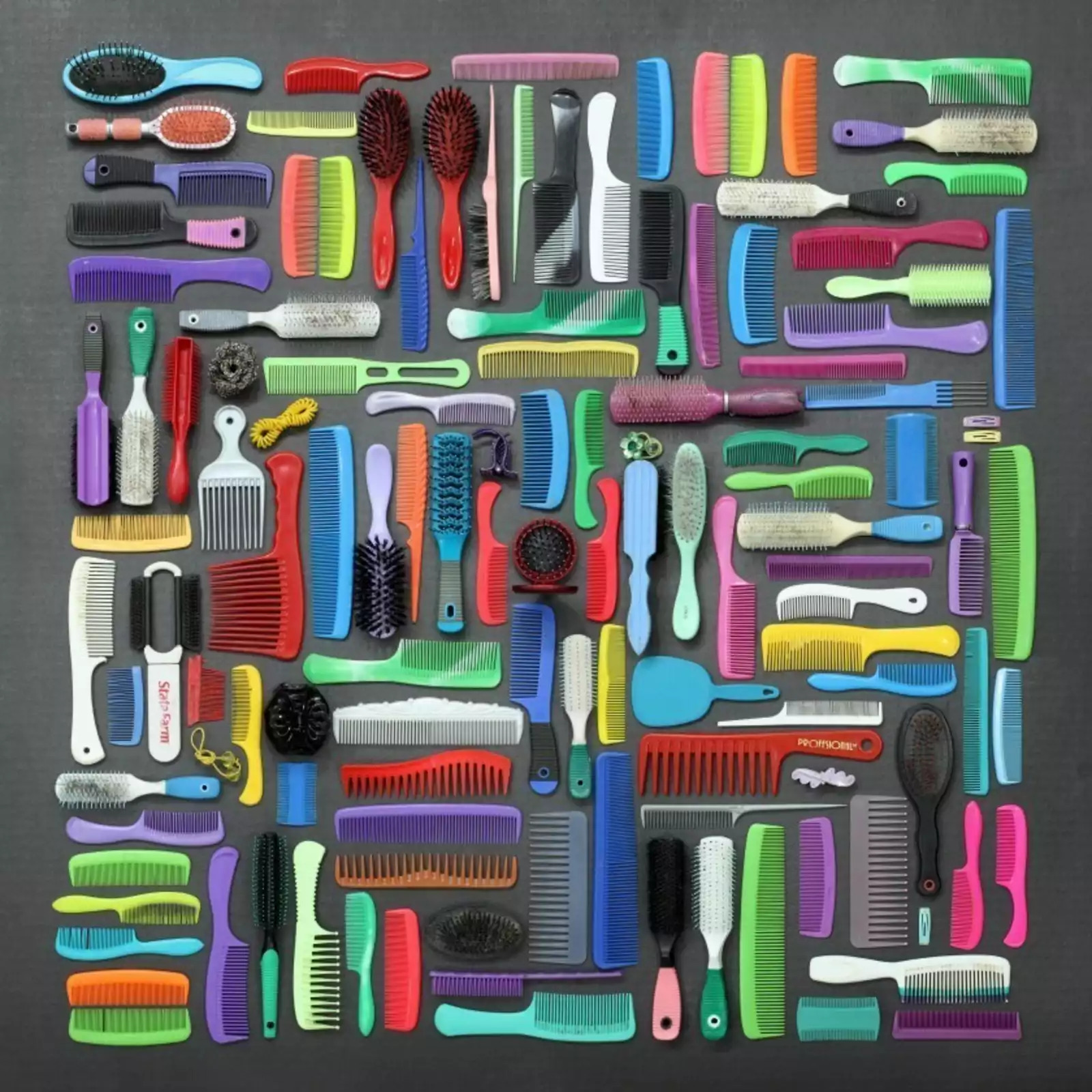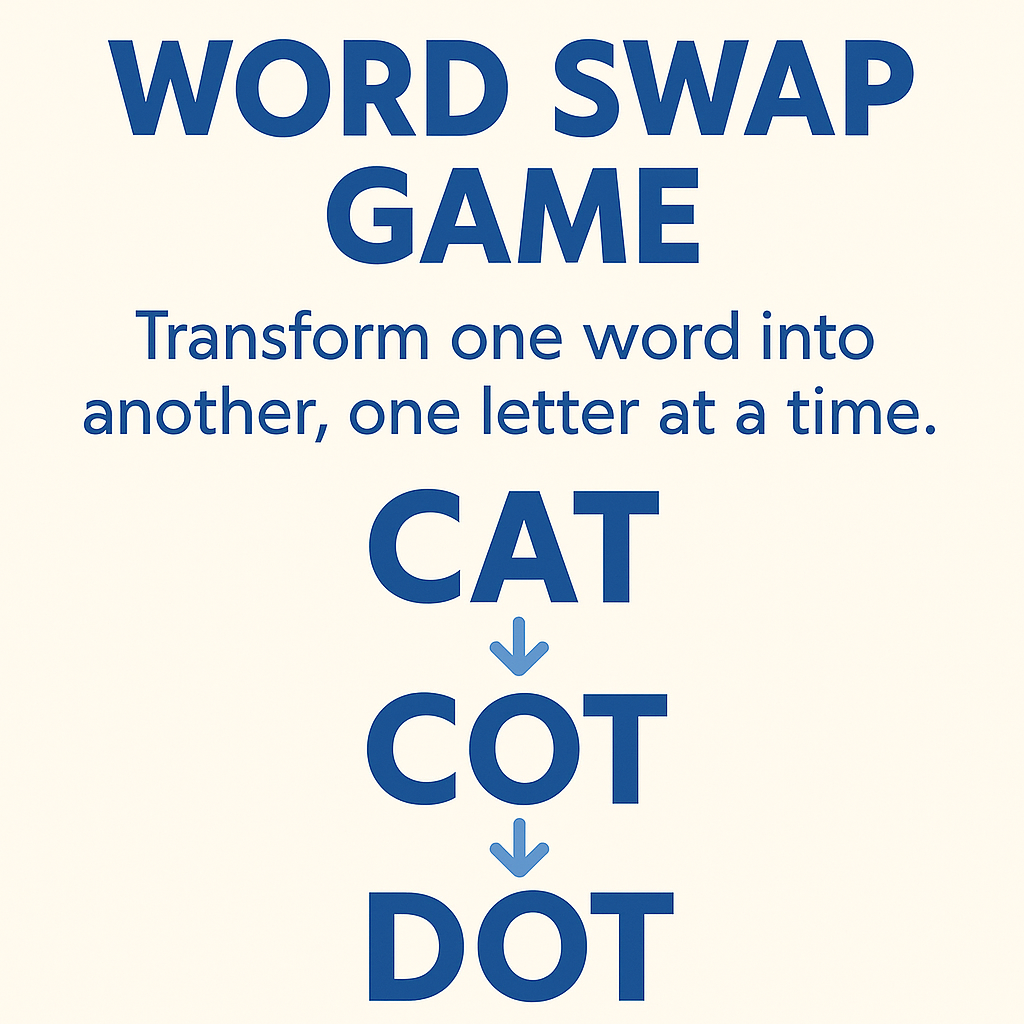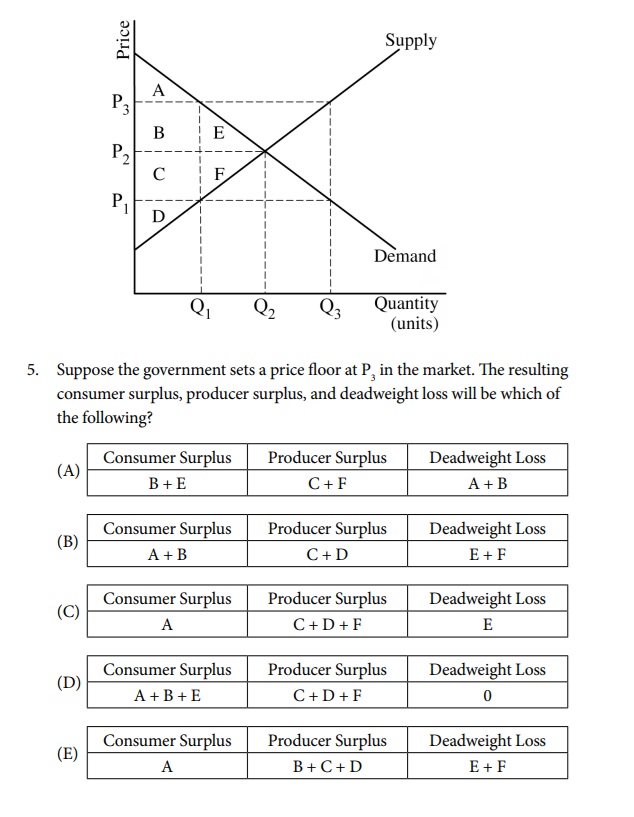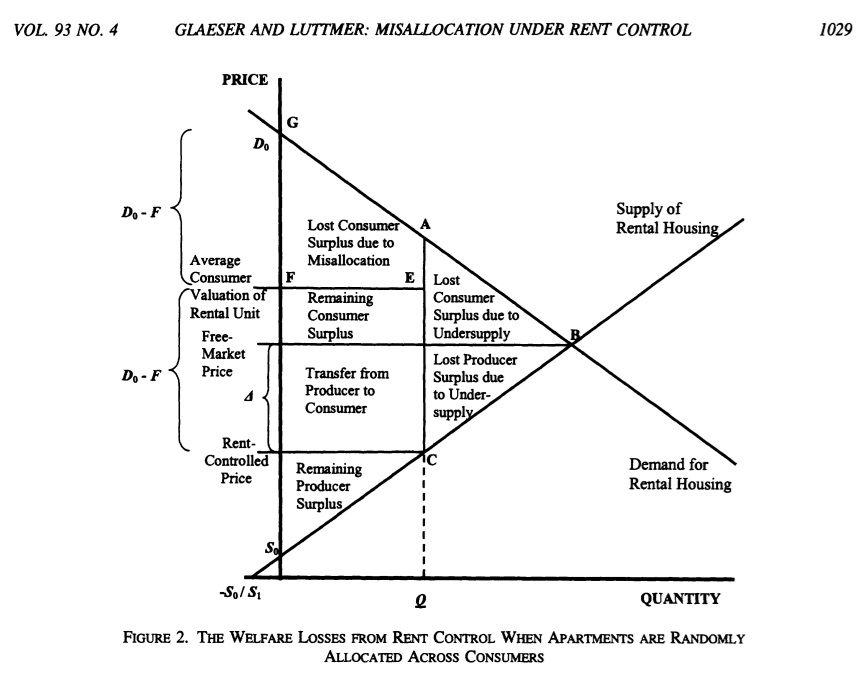Antisemitic Graffiti at Mexico City Protest

I understand why some people are protesting. Everyone deserves a safer country. But heritage should unite us and not divide us. No community is perfect, and it’s fair to criticize political leaders like President Sheinbaum. But we can’t let that turn into an attack on the Jewish community.
El Sueño Americano
The Hispanic Heritage Club at Mizrachi visited the El Sueño Americano (The American Dream) exhibit at the Maltz Museum. The exhibit features Tom Kiefer’s powerful still-life photographs of items confiscated from migrants, alongside Elizabeth Z. Pineda’s beautiful cyanotype portraits printed on corn husks. It’s a moving look at the immigrant experience. Check it out while it’s in town — on display through February 16, 2026!



Hispanic Heritage Month
¡Feliz Mes de la Herencia Hispana! / Happy Heritage Month 🎉


This month I got to meet Oscar Chacón, co-founder and director of Alianza Americas. He talked about immigrant rights and how strong communities can be when people work together. It was really cool to hear his perspective, especially during Hispanic Heritage Month. Check out their site if you’d like to get involved!
Torah Twins – Match Your Parsha -תְּאוֹמֵי תּוֹרָה

Ever wondered which famous Jewish personality shared your Bar/Bat Mitzvah parsha? Torah Twins calculates the Hebrew birthdate for hundreds of notable Jews, advances 13 years, and identifies the parsha that fell on the first Shabbat after (or on) their 13th birthday. Search the database or just browse and discover your own “Torah twin.”
Word Swap Game: מִשְׂחַק מִלּוּף

I built Word Swap to sharpen my Python skills and create a fast, dyslexia-aware word-ladder puzzle. The goal is simple: transform one word into another, changing one letter at a time. Each step must be a real word. Example: CAT → COT → DOT.
How difficulty increases:
- Early puzzles take just a couple of steps.
- As you progress, the game selects pairs that require longer chains.
- Advanced puzzles may need 5–10 steps (or more).
⬇️ Download the Python Version
This game runs in Python. Download the script and the word list:
📌 Play in the Browser
You can also try the game below:
No install needed—runs in your browser.
Organizing Short Study Abroad Trip - Mexico City's Jewish Community

I am attempting to organize a trip to visit Mexico City and learn more about the history and strength of Mexico's Jewish community. The trip would take place in late May. If you are interested in participating or in joining a group of students in Cleveland focused on Hispanic-Jewish heritage, please contact me at jacob.shoag [at] fuchsmizrachi.org.
Resources for AP Statistics
I used a NumWorks calculator during my AP Statistics exam and found it to be the best for its ease of use and understanding. Below are some Python scripts I created to help with key statistical concepts:
- binomialgeometric.py - Notes on binomial and geometric probability distributions.
- cintrvlpvaluecriticalval.py - Key formulas and notes on confidence intervals, p-values, and critical values.
- combining_samples.py - Information on combining samples and comparing means or proportions.
- describe_var.py - Notes on describing variables, including center, spread, and shape.
- experiment_terms.py - Definitions and examples of key experimental terms.
- explain_bias.py - Notes on different types of bias and how to minimize them.
- finalchecklist.py - A checklist for final review before exams.
- how_to_randomize.py - Steps and notes on randomization techniques in experiments.
- panic.py - Notes on constructing confidence intervals (PANIC method).
- phantoms.py - A guide for hypothesis testing (PHANTOMS method).
- phantoms2.py - Extended hypothesis testing including chi-squared tests.
- probability.py - Basic probability rules and examples.
- random_var.py - Notes on random variables, expected value, and variance.
- sampling_distribution.py - Explanation of sampling distributions and central limit theorem.
- statified_why.py - Overview of stratified sampling and its importance.
- tell_equality_direction.py - Notes on interpreting equality and direction in hypothesis tests.
- type12power.py - Explanation of Type I and II errors and statistical power.
- variable_descibe.py - How to describe variables in terms of their statistical properties.
AP Microeconomics: The Exam Has it Wrong
When I was studying for the AP Micro exam in 8th grade, I had a hard time understanding the review book's explanation of deadweight loss for price floors and price ceilings. I assumed that it was my mistake, but it's actually an error in the College Board's treatment of the subject. Take a look at the following question (from p. 135 here College Board Course and Exam Description). An image is below:

The College Board says the correct answer is E. That assumes, though, that even with a price floor or a price ceiling, the highest value purchasers or sellers will still get to transact. That isn't necessarily the case. A paper by Glaeser and Luttmer (2003) (link to paper) shows that if things are allocated randomly with price controls, then the deadweight loss could be much higher!

What should you do? Well, I recommend just answering things the way the College Board would like you to answer. However, if this confused you like it confused me, it's helpful to know you're not wrong. The College Board's solution depends on a really non-obvious assumption that is probably incorrect.